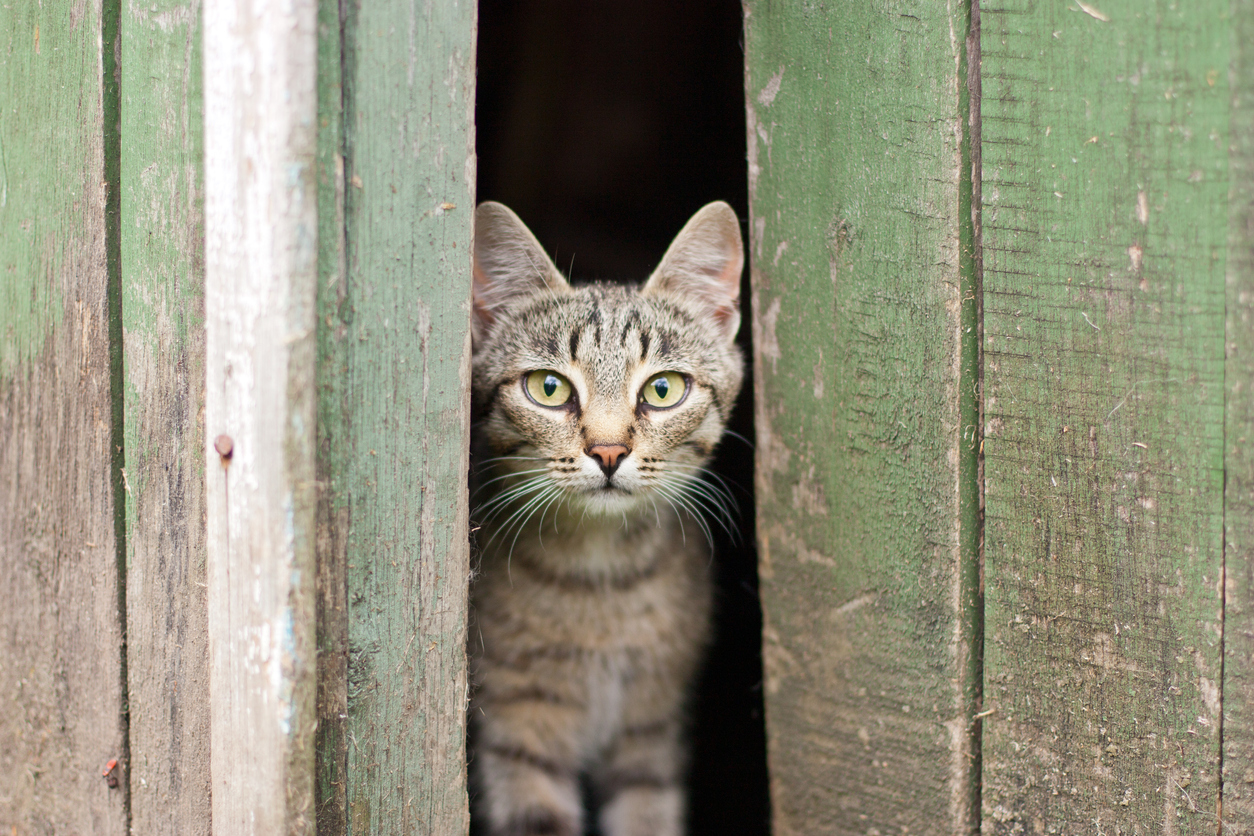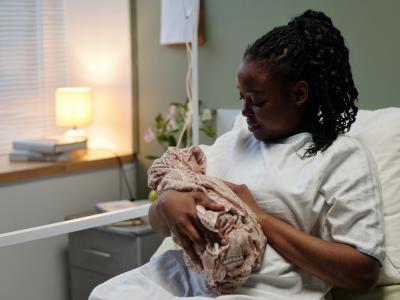- Respiratory syncytial virus (RSV) circulation in the United States has returned to the prepandemic seasonal pattern with winter peaks, a team led by the Centers for Disease Control and Prevention (CDC) reported yesterday in Morbidity and Mortality Weekly Report. It said during the current season, RSV circulation began in Florida and the southeast, spreading to regions in the north and west. Researchers said it's not clear if the return to the prepandemic pattern will continue in the surveillance year ahead.
- The CDC yesterday issued a Health Alert Network (HAN) notice to boost clinician awareness of two Marburg virus outbreaks in Africa, on in Equatorial Guinea and the other in Tanzania. It said no confirmed imported cases have been reported in the United States or other countries. So far, there is no evidence that the two outbreaks are connected, the CDC said.
- US flu activity remained low last week, though the proportion of influenza B viruses has risen to nearly 41% of positive samples at public health labs, the CDC said its latest FluView update. Of subtyped influenza A viruses, 62% were 2009 H1N1. One more pediatric flu death was reported, raising the season's total to 139.
Quick takes: US RSV seasonality, CDC Marburg virus alert, US flu update
Antibiotic resistance genes found in probiotic bacteria from food, supplements
An analysis of prominent probiotic bacteria strains isolated from food and probiotic dietary supplements found the presence of several antibiotic resistance genes (ARGs), Hungarian researchers reported yesterday in Eurosurveillance.
Using next-generation sequencing, scientists with the University of Veterinary Medicine Budapest screened 579 isolates of 12 probiotic bacterial species commonly found in fermented and non-fermented foods and probiotic dietary supplements for the presence of ARGs and plasmids and integrative mobile genetic elements (iMGEs) that can allow ARGs to be exchanged between bacteria. Of the 579 isolates, 169 (29%) representing 10 of the 12 species were ARG-positive.

The resistance mechanisms that the identified ARGs have previously been shown to be involved in included antibiotic efflux, antibiotic inactivation, and antibiotic target alteration. Among the probiotic species analyzed, Bifidobacterium animalis and Lactococcus lactis had the highest proportion of ARG-positive samples.
The analysis also found that 66% of the ARG-positive isolates contained at least one gene that could be linked to a plasmid or iMGE.
"Our study confirms that numerous ARGs are present in probiotic bacterial species constituting the bacteriome of edible products and that many of them are mobile," the study authors wrote. "Thus, the application and intake of certain probiotic bacterial strains could have the potential to contribute to the appearance and spread of AMR [antimicrobial resistance]."
The authors note that while the ARGs identified may affect the activity of several classes of antibiotics used in human and animal medicine, the presence of ARGs doesn't necessarily result in phenotypic resistance. They say further gene expression studies and assessments of minimum inhibitory concentration values would be needed to determine whether the probiotic strains carrying ARGs are resistant to antibiotics.
"Since our results suggest that the prevalence of mobile ARGs might not be negligible, it might be worthy to consider the development of guidelines to monitor these mobile ARGs," they concluded.
COVID cases among infants born to infected moms 5 times higher amid Omicron
The rate of US newborns with maternal-transmitted COVID-19 was five times higher during Omicron variant predominance than before, according to a study led by researchers at the Centers for Disease Control and Prevention (CDC).
In the study, published today in Pediatrics, the researchers parsed data on infants aged 0 to 6 months born to COVID-infected mothers in 2020 or 2021 in six US jurisdictions reporting data to the CDC's Surveillance for Emerging Threats to Pregnant People and Infants Network.
Massachusetts, Minnesota, Missouri, Puerto Rico, Tennessee, and Philadelphia reported cases before (March 22, 2020, to December 18, 2021) and during (December 19, 2021, to September 9, 2022) Omicron predominance.
Importance of maternal vaccination
Before Omicron predominance, 27,403 infants were born to mothers who tested positive for COVID-19 (rate, 3.1 per 100 person-years). During the Omicron wave, 14,115 infants tested positive for COVID-19 (rate, 15.3 per 100 person-years; incidence rate ratio [IRR], 5.00).
The proportion of infants infected within 14 days after delivery by mothers infected within 14 days before delivery fell from 31.4% before to 0.8% during Omicron predominance, which the researchers said suggests that the higher rate of infection during Omicron wasn't caused by increased perinatal transmission.
In a subanalysis limited to infants born to infected mothers pre-Omicron, the IRR rose to 5.83. "This finding aligns with other evidence of reduced protection against Omicron from previous infection with other variants," the authors wrote. "Increased transmissibility of the Omicron variant to infants who are ineligible to receive COVID-19 vaccination, raises the importance of preventing SARS-CoV-2 transmission through other means, such as vaccination of pregnant and postpartum people."
Wyoming reports high-path avian flu in cat
The Wyoming State Veterinary Lab (WSVL) said it has diagnosed highly pathogenic avian influenza in a barn cat, the state's first detection of the virus in a domestic cat.
In a brief statement on its website, the WSVL said the cat is located near Thermopolis, in the central part of the state. It said that the cat probably contracted the virus from eating meat from wild waterfowl. In recent months, the lab has also detected the virus in other carnivores, including mountain lions and a red fox.

The WSVL said clinical symptoms of avian flu infection in mammals can include neurologic signs that resemble rabies, and it urged people to use gloves and masks when handling sick and dead mammals.
The detection of avian flu in a domestic cat follows a similar report earlier this week of a domestic dog that tested positive for H5N1 in Canada. In earlier H5N1 outbreaks in Asia and other parts of the world, similar infections were reported in a small number of dogs and cats exposed to infected poultry or other birds.
Avian flu reaches southern tip of South America
Health officials in Chile's Magallanes region, located in the southern tip of South America, said on Twitter this week that avian flu has been confirmed in Puerto Natales commune. The outbreak occurred in backyard birds, according to a report yesterday in La Prensa.
The outbreak area is roughly 600 miles from Antarctica.










